Curly hair types are hard to pin down — in terms of categorizing and understanding them as much as actually pinning them down. Whether they be loose and luxurious waves, stunningly chic spirals, tightly twisting curls, spontaneous zigzags or something in between, understanding the curl type you’re working with is essential.
This is a step toward finding the best possible products, professional techniques and styles to make sure the curls in your chair stay hydrated, healthy, frizz-free and as adored as they should be! Because unlike straight hair, every curl will have its own code for how you style it, work with it and care for it.
That’s why we’ve been pinning down each different type of curl and exploring what it means to work with each one. We’ve even highlighted a few of our favorite professional hair care products for each curl type! Read on to learn more about the different types of curls.
What Makes the Hair Curl?
Curly hair comes right from the root, determined by the follicle it grows from. Flatter, more oval-shaped follicles will create curlier strands, whereas circular follicles will create straighter strands. When it comes to creating curly hair, though, the follicle and hair fiber will work together.
Hair is composed of 95% keratin, a fibrous protein that is also a part of the skin, hair and nails. Keratin is particularly rich in cysteine, and aside from this, 18 amino acids are involved in the composition of hair. When combined with follicle shape and size, these components help to create a curl pattern and hair texture!
Hair texture describes the actual circumference of hair strands and gets separated into three types: fine, medium and thick. Curl patterns, however, are a little more complex!
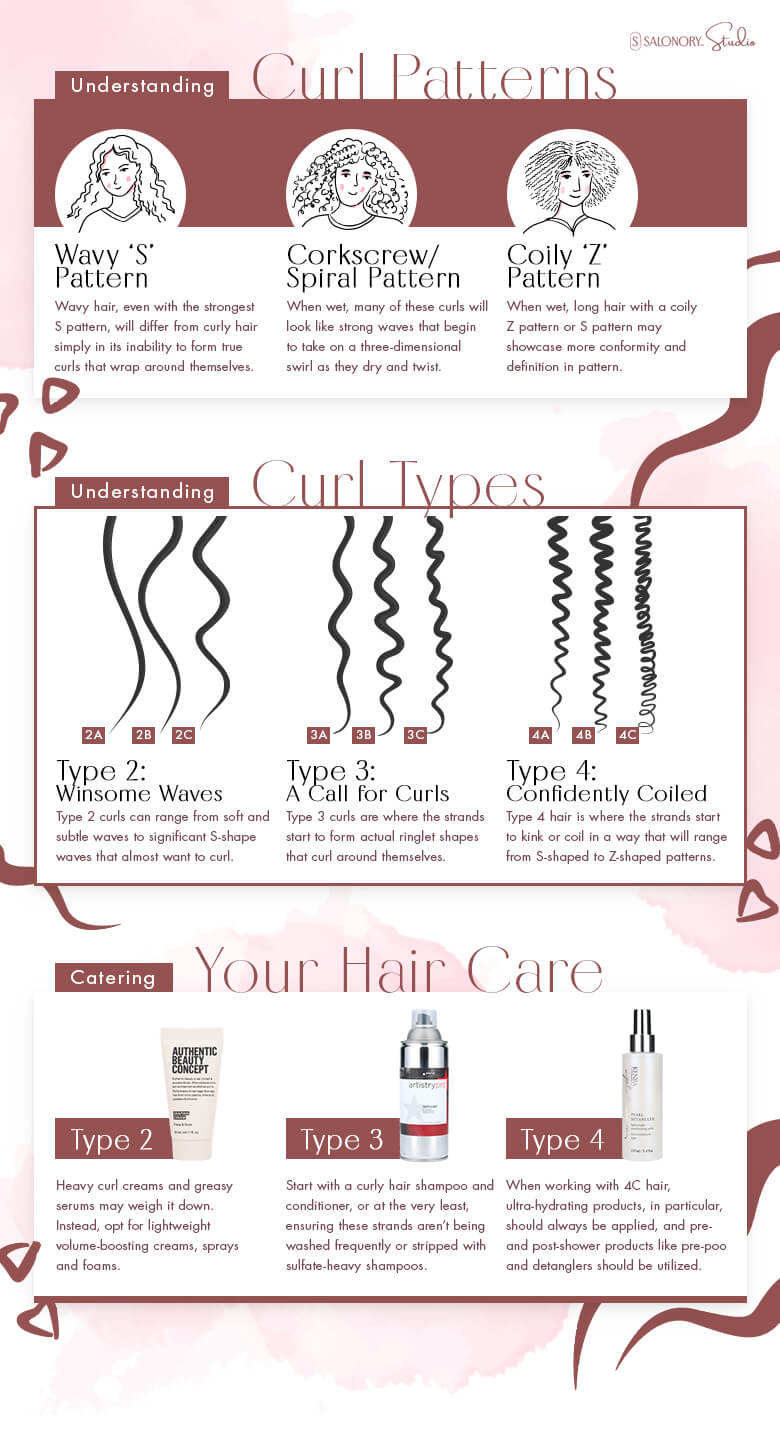
Understanding Curl Patterns
Curl pattern and curl type are two different ways to categorize your curls — but where your curl type is specific to the state of the strands themselves, your curl pattern simply describes the overall shape that the strands fall into and make together.
- Wavy ‘S’ Pattern: Most forms of wavy hair will actually be fairly straight when wet but will quickly begin to ripple and wave as they dry. Wavy hair, even with the strongest S pattern, will differ from curly hair simply in its inability to form true curls that wrap around themselves.
- Corkscrew/Spiral Pattern: When it comes to curly hair, the corkscrew or spiral pattern is what most people think of first. When wet, many of these curls will look like strong waves that begin to take on a three-dimensional swirl only as they dry and twist around themselves.
- Coily ‘Z’ Pattern: When wet, long hair with a coily Z pattern or S pattern may showcase more conformity and definition in pattern. As it dries, though, water will be what makes the process of shrinkage begin — and it will be significant!
Always keep in mind that if the hair has experienced noteworthy heat or chemical damage, there stands a chance that you aren’t seeing the true curl pattern. Before you investigate a curl pattern too hard, always be sure to identify any signs of severe heat damage by examining the texture on the tip of the strand versus the texture at the root.
Understanding Curl Types
Curly hair is commonly categorized into three types. Type 2s generally have a wavy pattern, type 3s tend to have a spiral or corkscrew curl pattern and type 4s tend to have a kinky or coily Z pattern. From here, each type has an A, B or C subtype. These subtypes reference the size or strength of the given wave, curl or coil. Subtype A will always showcase the widest and softest versions of curl patterns and subtype C will always show off the smallest and tightest. With straight strands holding the type 1 spot, we will start our breakdown of curl types below at type 2!

Type 2: Winsome Waves
Type 2 curls can range from soft and subtle waves to significant S-shape waves that almost want to curl. This curl type typically falls flat from the roots and flows into gradual waves further down the cuticle.
- Type 2A: Type 2A curls fall just beyond the straight strands of type 1 and feature the soft, subtle, barely-there waves mentioned above. Type 2A hair has a slightly tousled texture, but tends to lay flatter to the head. This is a hair type that, because of its tendency to be softer and lie flatter, can easily be straightened to a silky pin-straight style. Because of its slightly tousled texture, it’s also easy to take 2A hair and kick up the body and curl factor.
- Type 2B: Type 2B hair comes with those coveted beach waves that boast a stronger S-pattern that starts around the crown and the perfect amount of frizz to let them look lived-in. Type 2B hair can hit the Beach-Wave benchmark with limited assistance from hot tools (though a diffuser may offer up some significant benefits) but may be in need of the perfect texture hair products to polish the look.
- Type 2C: Type 2C hair sits right on the brink of true curls and may even feature some, but usually it will integrate those almost-there loose curls with deep waves. Type 2C hair is prone to frizz and a pronounced fighter — generally taking more effort, skill and product to style.
Type 3: A Call for Curls
Type 3 curls are where the strands start to form actual ringlet shapes that curl around themselves and can range from large loose loops to strong and springy spirals. This curl type typically takes shape at the crown.
- Type 3A: Type 3A curls are an obvious transition from the type 2s because while still loose and stretched, the curls seen in 3As are often larger and more easily defined — about the size of a fat marker, falling from the crown. Type 3A hair also tends to be characterized by its high reactivity to humidity and little shrinkage.
- Type 3B: Type 3B hair has curls closer to the size of a small marker or finger. Type 3B curls typically experience some shrinkage (anywhere from one to two inches) when drying and, thanks to how tight these curls are, proper moisture and hydration is extremely
- Type 3C: Type 3C curls are tight, corkscrew or spiral curls that (while generally about the size of a pencil) can be beautifully defined. Type 3C hair is packed densely with root-to-tip curls and, because of this, creates a lot of volume! As with type 3A and 3B hair, type 3C hair is prone to frizz, breakage and loss of definition if not cared for properly.
Type 4: Confidently Coiled
Type 4 hair is where the strands start to kink or coil in a way that will range from ultra-tight S-shaped to extra tight Z-shaped patterns that start right at the root. Type 4 hair is highly textured and has been identified as the driest and (in turn) most fragile curl type.
- Type 4A: Type 4A hair is a smooth transition from type 3C, and may even feature tight corkscrews like a 3C. They’ll likely be closer to the diameter of a toothpick and integrated into true 4A coils or zigzags.
- Type 4B: Type 4B hair is where the tight corkscrews and S shapes of 4A hair begin to form Z shapes more definitively. Type 4B hair is also where high porosity becomes a high priority and precautions need to be taken to avoid losing moisture and hydration.
- Type 4C: Type 4C hair is as kinky and coily as they come. It’s at this point that the zigzag pattern is so strong on every strand that it may actually be hard to see individual strands without separating and stretching them out — especially if the hair is extra fine!
Remember that it’s not uncommon for someone to come in with a combination of two or more curl types. When this happens, ensure you’re still giving each one the unique attention and consideration it needs!
Creating Curls
As a stylist, knowing your curl types is not only key when working with them, but when working to create them, as well! There is no universal product when it comes to creating the perfect permanent curl or texture service because there is no universally perfect curl or texture! Once you know the exact curl type or pattern you’re looking to recreate, though, professional perm products that include a range of firmness levels and options for hair types do exist. We’re proud to offer the best and most reliable brands like Zotos Professional at SALONORY (along with any other products needed throughout the traditional perm process).

Refer to the chart above for a beautiful breakdown of what professional-grade products to use, depending on the type of strands being permed and desired results of the perm. Don’t forget to prep the hair with professional-level products before beginning! After a perm process is completed, always help your client be proactive in keeping their hair healthy by recommending the proper shampoo, conditioner, styling products and leave-in treatments.
Catering Hair Care to Curl Type
To keep naturally perfect curls (or not-so-natural but equally perfect perms) looking and feeling perfect, you’ll want to know what each hair type needs in terms of care! No matter what type of curly hair you have, though, hydration and moisture will be the key – and while the two terms are often confused or even combined, it’s important to know the difference between them if you want to defend your hair!
Hydration will help to add water to the inner layers of hair, which is easily accomplished on wash day when your hair gets fully saturated. With that said, hydration only lasts a very short time in your hair! This is where moisture comes into play: moisture will affect the outer layers of hair to help seal that water in and is typically accomplished with the use of oils, serums and products that prevent moisture loss. Like hydration, though, you will experience moisture loss every day, so be sure to reapply these products appropriately! If your hair is undergoing processes like washing with chlorinated and hard water, excessive use of hot tools and UV or hot climate exposure, you’ll likely be able to see when your hair is lacking in hydration or moisture as it may get dull, frizzy, tangly, fragile or even start breaking!
- Type 2 curls tend to be the most approachable curl type to care for, thanks to the fact that they aren’t often too oily or dry. With that in mind, this curl type warrants caution when using product. Heavy curl creams and greasy serums may weigh it down. Instead, opt for lightweight volume-boosting creams, sprays and foams. When you get to 2C hair, consider enhancing the ultra-wavy pattern with the perfect lightweight curl cream.
- Type 3 hair demands extra attention to hydration and moisture, as the hair’s natural oils have a tough time traveling the tight curl. As a result, it will be more prone to frizz and loss of definition if not catered to properly. The ideal starting point is a specialized curly hair shampoo and conditioner, or at the very least, ensuring these strands aren’t being washed frequently or stripped with sulfate-heavy shampoos. Once you get to 3B curls, consider reaching for medium-weight curl creams and denser curl creams as you move toward type 3C. (When it comes to a good curl cream of any thickness, we love SexyHair products!)
- Type 4 curls are where mega-moisturizing and insane-at-holding products come in. As such, the best products for this hair type will be heavy hair oils, deep conditioning masks and thick curl gels. When working with 4C hair, ultra-hydrating products, in particular, should always be applied, and pre-and post-shower products like pre-shampoo and detanglers should be utilized.
No matter what curl type you’re working with, remember that the uneven structure of slightly flattened and twisting strands (from oval-shaped follicles) can leave the hair more prone to cracking. Combined with the fact that the hair’s natural oils have a harder time traveling curly strands, and that the twists and turns are more prone to tangling, this means that curly hair is normally more susceptible to damage. So contrary to popular belief, your curly hair cannot “take more”!
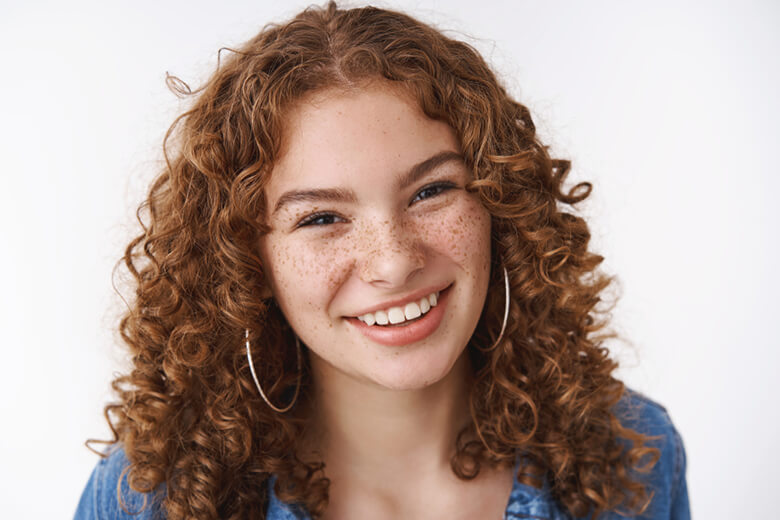
Styling Suggestions for Curl Types
Typically, type 2 hair looks and feels its best when a one-length haircut is embraced, thanks to the fine strands that often accompany it. When layered, they run the risk of looking thin and unhealthy. Along with being one length (or rocking one or two longer layers), type 2 hair tends to do best when that length is medium or long. This is because the key to wavy hair is letting it flow! Giving the hair enough length and volume to move freely, you’ll find that from a fresh wash (and possibly diffusing), applying a little bit of nourishing product, and maybe tousling product will be all that’s needed to achieve that sought-after flowy-ness.
Type 3 hair can be extremely deceiving when wet, so we definitely suggest doing cuts dry. If you are doing cuts, a couple of face-flattering layered pieces and a couple of longer layered pieces specifically scattered throughout mid-length hair is always an awesome idea to help define curls, create a more flattering shape and draw attention to the length while actually lightening the load. When properly hydrated and handled, most type 3 curls look incredible when air-dried, so consider the “plopping” method with the addition of some good thick product in order to minimize frizz and maximize curl definition.
Type 4 hair demands heatless and frictionless drying and everyday styling. When it comes to drying, we suggest using a microfiber towel to gently squeeze the excess water out of the hair (taking care to avoid frizz, knots and breakage by making sure not to actually rub the hair). Because of efforts like this, more cropped hairstyles are generally recommended for type 4 hair that wants to be styled daily. With that in mind, a big struggle for the 4C hair type is growing the hair out long. This is due to significant shrinkage that robs them of their length and the breakage noted above. If you’re working with a client in the hopes of helping them grow their type 4 hair long, consider suggesting styles like cornrows, box braids or Bantu knots that are as stylish as they are protective.
It’s important to remember that hair type(s) will serve only as a guideline, not as a prescription — and they definitely don’t come with any guarantees! Make sure to discuss hair porosity, density and as much more as you can with clients when attempting to identify the exact characteristics and needs of their hair!
Image Credits
Cookie Studio/Shutterstock.com
Jacob Lund/Shutterstock.com
logika600/Shutterstock.com
kiuikson/Shutterstock.com
Anna Kutukova/Shutterstock.com
anna.spoka/Shutterstock.com






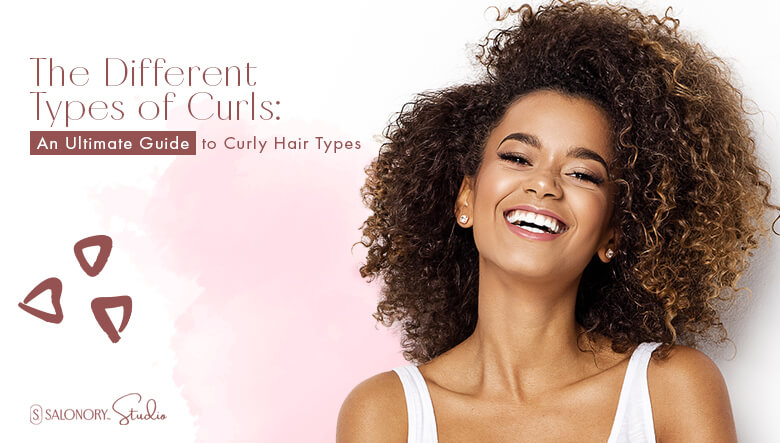






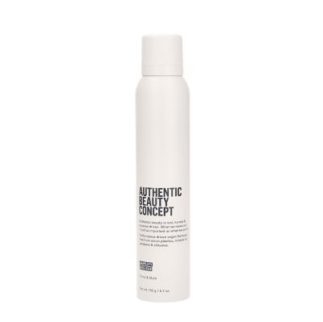
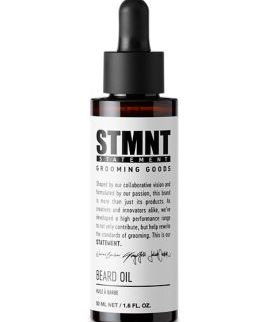
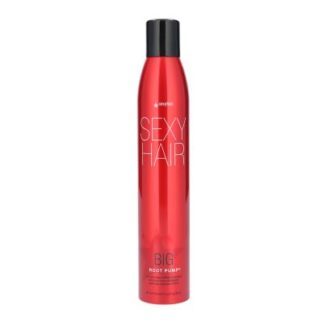
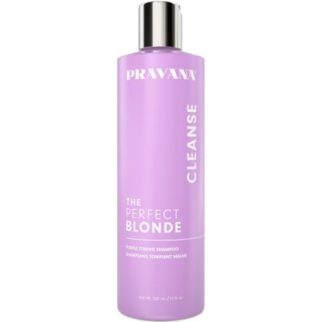
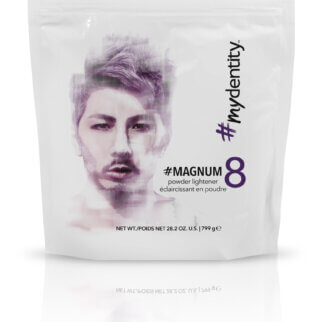
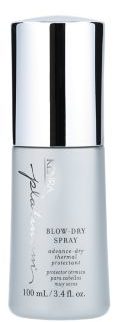
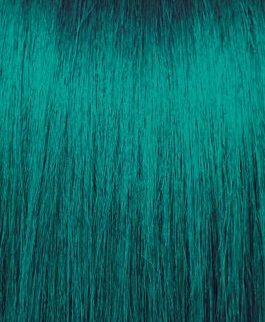
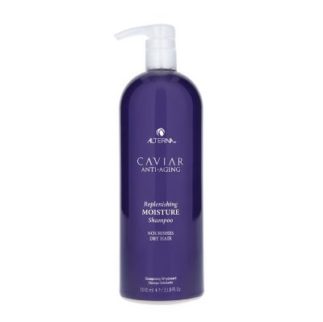
Share Your Feedback